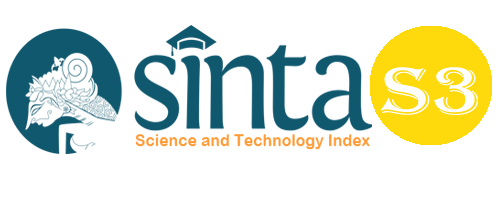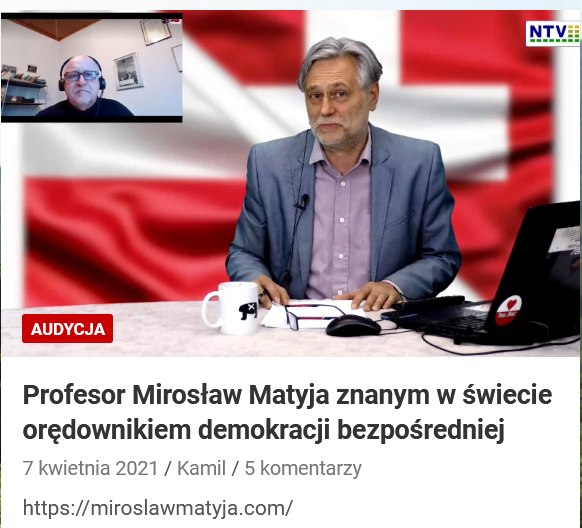Teaching Writing and Twenty First Century Skills Using Guided Autonomous Learning Designs
Abstract
This article describe how to improve student’s skills in writing French and eight types of the twenty first (21st) century skills Using Guided Autonomous Learning designs. This research is intended to produce and use Guided Autonomous Learning Designs by integrating eight types of 21st century skills in teaching writing French. The designs developed consist of syllabus, learning model, textbook, learning media, and lesson plan. The research data is obtained from students, lecturers, experts, observers, and documents. Data sought are (1) process of developing Guided Autonomous Learning designs by integrating eight types of 21st century skills and their quality based on their validity, practicality, and effectiveness. The data was collected using observation techniques, expert validation, interviews, documents analysis, tests, and questionnaires. The data was analyzed quantitatively and qualitatively using content analytic techniques, conversational analysis, narrative analysis, percentage techniques, average techniques, and correlation techniques. The finding show that Guided Autonomous Learning designs by integrating eight types of 21st century skills are very effective to improve student’s writing in French and eight types of 21st century skills. The average score of the quality (validity, practicality, and effectiveness) of Guided Autonomous Learning designs by integrating eight types of 21st century skills is 3.51. Therefore, this research needs to be developed and implemented in other subjects by integrating other types of 21st century skills.
Keywords
Full Text:
PDFReferences
Abidin, Yunus. (2015). Pembelajaran Multiliterasi. Bandung: PT Refika Aditama.
Arifin, Zainal. (2013). Konsep dan Model Pengembangan Kurikulum. Bandung: PT Remaja Rosdakarya.
Bradshaw, Zoe and Amanda Hazell, (2017) "Developing Problem-Solving Skills in Mathematics: A Lesson Study", International Journal of Lesson and Learning Studies, Vol. 6 Issue: 1, pp.32-44.
English, F and Marr, T. (2015). Why do Linguistics ?: Reflective Linguistics and The Study of Language. London: Bloomsbury Academic.
Fenrich, Peter. (2005). Creating Instructional Multimedia Solutions: Practical Guidelines for the Real World. California: Informing Science Press.
Hanover Research. (2011). A Crosswalk of 21st Century Skills. Washington: Connecticut Ave.
Hidayat, Sholeh. (2013). Pengembangan Kurikulum Baru. Bandung: PT Adolescent Rosdakarya Offset.
Laxman, Kumar. (2013) "Infusing based learning skills in curriculum implementation", International Journal of Lesson and Learning Studies, Vol. 2 Issue: 1, pp.41-55.
Petra, Siti Fatimah, Jainatul Halida Jaidin, JSH Quintus Perera, Marcia Linn, (2016) "Supporting students to become autonomous learners: the role of web-based learning", The International Journal of Information and Learning Technology, Vol. 33 Issue: 4, pp.263-275.
Ranjan, Jayanthi. (2008) "Impact of information technology in academia", International Journal of Educational Management, Vol. 22 Issue: 5, pp. 422-455.
Staffan, Schedin, Osama A.B. Hassan, (2016) "Work integrated learning model in relation to CDIO standards", Journal of Applied Research in Higher Education, Vol. 8 Issue: 3, pp.278-286.
Strang, Kenneth David. (2015) "Effectiveness of instructor-led collaborative learning in the classroom", Journal of Applied Research in Higher Education, Vol. 7 Issue: 2, pp.134-145.
Tong, Wanda & Agnes Razniak, (2017) "Building professional capital within 21st century learning framework", Journal of Professional Capital and Community, Vol. 2 Issue: 1, pp.36-49.
Trianto. (2015). Model Pembelajaran Terintegrasi. Jakarta: PT Bumi Aksara.
Vishnu P. Murty, Kathryn C. Dickerson, (2016), Motivational Influences on Memory, In-il-Kim, John Marshall Reeve, Mimi Bong (ed.) Recent Developments in Neuroscience Research on Human Motivation (Advances in Motivation and Achievement, Volume 19. Emerald Publishing Group Limited, pp.203 - 227.
Wang, L. (2014), "Curriculum and Curriculum Integration of Information Literacy in Higher Education", Developing People’s Information Capabilities: Fostering Information Literacy in Educational, Workplace and Community Contexts (Library and Information Science, Vol. 8), Emerald Group Publishing Limited, pp. 31-49. https://doi.org/10.1108/S1876-0562(2013)0000008007
DOI: https://doi.org/10.33258/birci.v2i4.572
Article Metrics
Abstract view : 390 timesPDF - 246 times
Refbacks
- There are currently no refbacks.

This work is licensed under a Creative Commons Attribution-ShareAlike 4.0 International License.

This work is licensed under a Creative Commons Attribution-ShareAlike 4.0 International License.

_.gif)

















_.gif)



